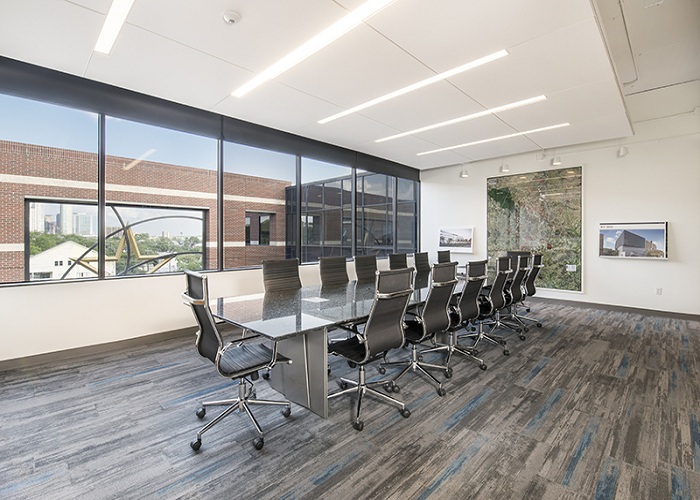




Planning and visualizing the future of existing commercial properties should always start with an Impact Assessment. Before establishing the purpose of your property or properties, for any investor it is vital to find out what you have to work with.
Property owners should become aware of how their building stacks up against other similar buildings in the marketplace. Once the impacts are defined and assessed, owners can start to think about strategic planning objectives based on the needs that were revealed in the assessment phase.
Listed below is an outline of the levels of due diligence that would apply to program specific Office space for sale in Noida.
Levels of Impact Assessments
1. Industry Standards Assessment
Analytical assessment enables property owner to compare existing facilities with business and industry standards. The evaluation of industry standards can be used as a baseline for planning physical building projects. Identifies building program and material standards as they relate to client image requirements and program needs. Develops a documented schedule of quality standards to be used in conceptual building design.
2. Socioeconomic Impacts Assessment
Analytical assessment enables client to determine status of socioeconomic impacts on existing and planned future facilities with respect to changes in the business environment. The assessment can be used to help identify social, cultural and economic impacts for planning physical building projects. Identifies demographic, economic and cultural trends that relate to future business growth. Develops a documented schedule of impacts to be used as strategic factors in conceptual building planning and design.
3. Operational Needs Assessment
Inclusive process enables client to identify general business and operational needs which will be used as a baseline for planning physical building projects. Identifies general site and building key operational program needs. Develops a space program to be used in conceptual building design. Instigate initial research of strategies and system that support business and their operational needs.
4. Condition Assessment (Existing Properties)
Allows the property owners to take care of their properties and determine budgets for repair and maintenance. Nondestructive exterior physical grounds assessment, which identifies critical items, repair items, and general maintenance items as it pertains to parking, sidewalks, landscaping, site amenities, etc. Nondestructive building condition, as the name suggest is a physical assessment of the facility that identifies repair items, critical items, and general maintenance items as it pertains to building envelope and enclosure.
Provides photographic survey of exterior and interior building. Offers structural building assessment that detects the condition of the existing building structure and evaluates technical feasibility for proposed building expansions. Provides mechanical systems assessment which looks at the age, condition and capacity of existing mechanical equipment and systems. Provides electrical systems assessment which looks at the age, condition and capacity of existing services and systems.
5. Identification of Strategic Planning Objectives
Enables client to identify key programming needs as it relates to planning for future site and building projects. Assembles and documents key programming needs based on evaluation of industry standards, socioeconomic impacts, operational needs and condition assessment. Establishes strategic planning objectives which respond to defined key programming needs. Develops long term and short phasing strategies to address key programming needs as it relates to future building projects.
These were the five levels of impact assessment, however for the property development plan to be successful you need four more levels of planning and due diligence–
1). Concept Development – This includes- Conceptual Site/Campus Planning, conceptual building planning, Conceptual Phasing plan.
2). Environmental Plan – Introduction to Sustainable Building Strategies, Sustainable Building Recommendations and Environmental Evaluation
3). Risk Management Plan – Review of Surveys and Reports, Zoning Analysis, Building Code Analysis, Risk Management Scheduling and Cost Estimating.
4). Implementation Plan – Long Range Physical Planning Strategy and Short
Term Physical Planning Strategy. The key to successful risk management planning is in the quality of the due diligence. Performing the correct type of analysis at the proper time can take the guesswork and much of the risk out of a potential acquisition or reinvestment into an existing property.
A clear understanding of the development process and the ability to quantify risk areas will provide property owners with the competitive advantage they need to emerge from the pack in the new economy. Complete these levels and your success chances with property development will be increase exponentially.